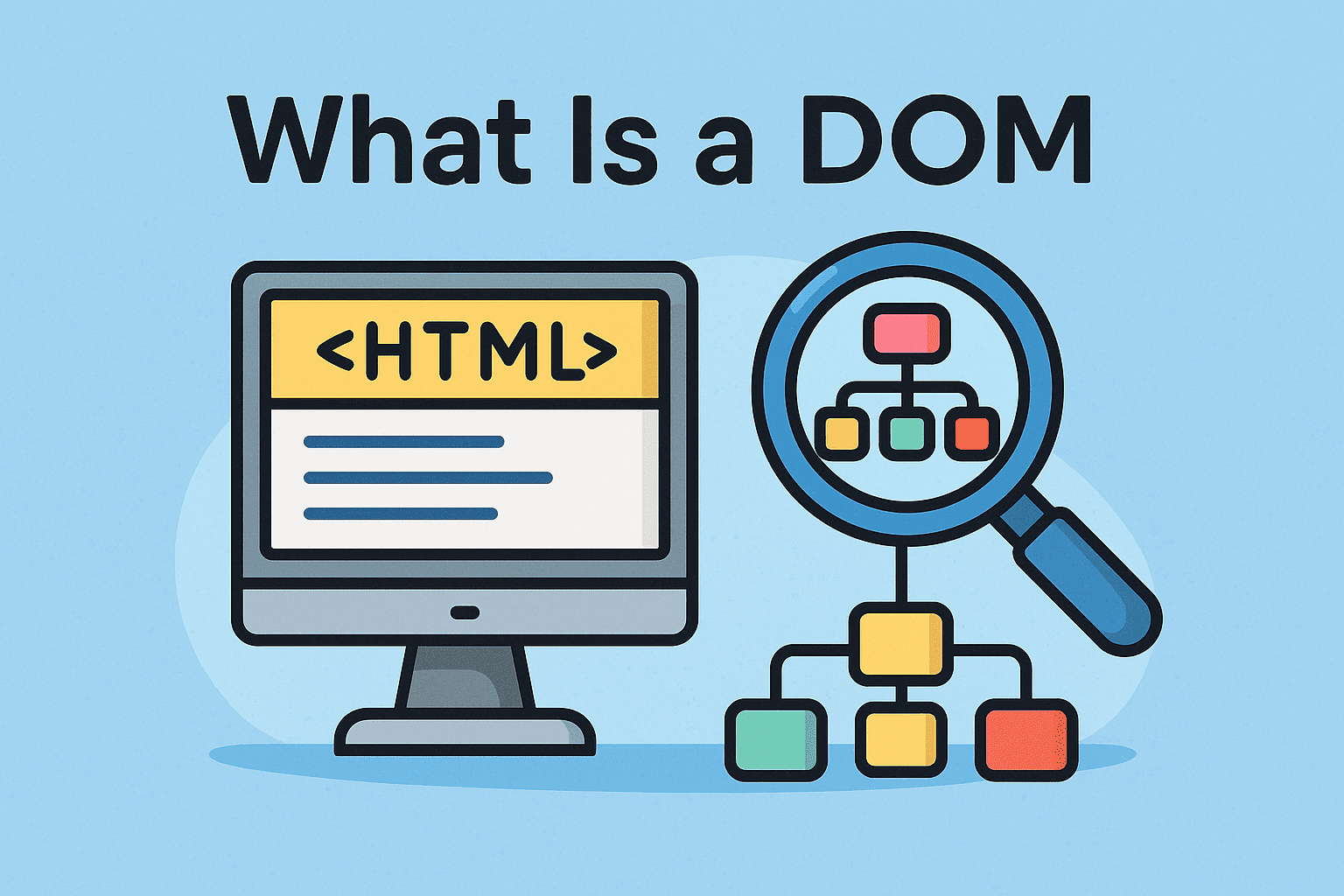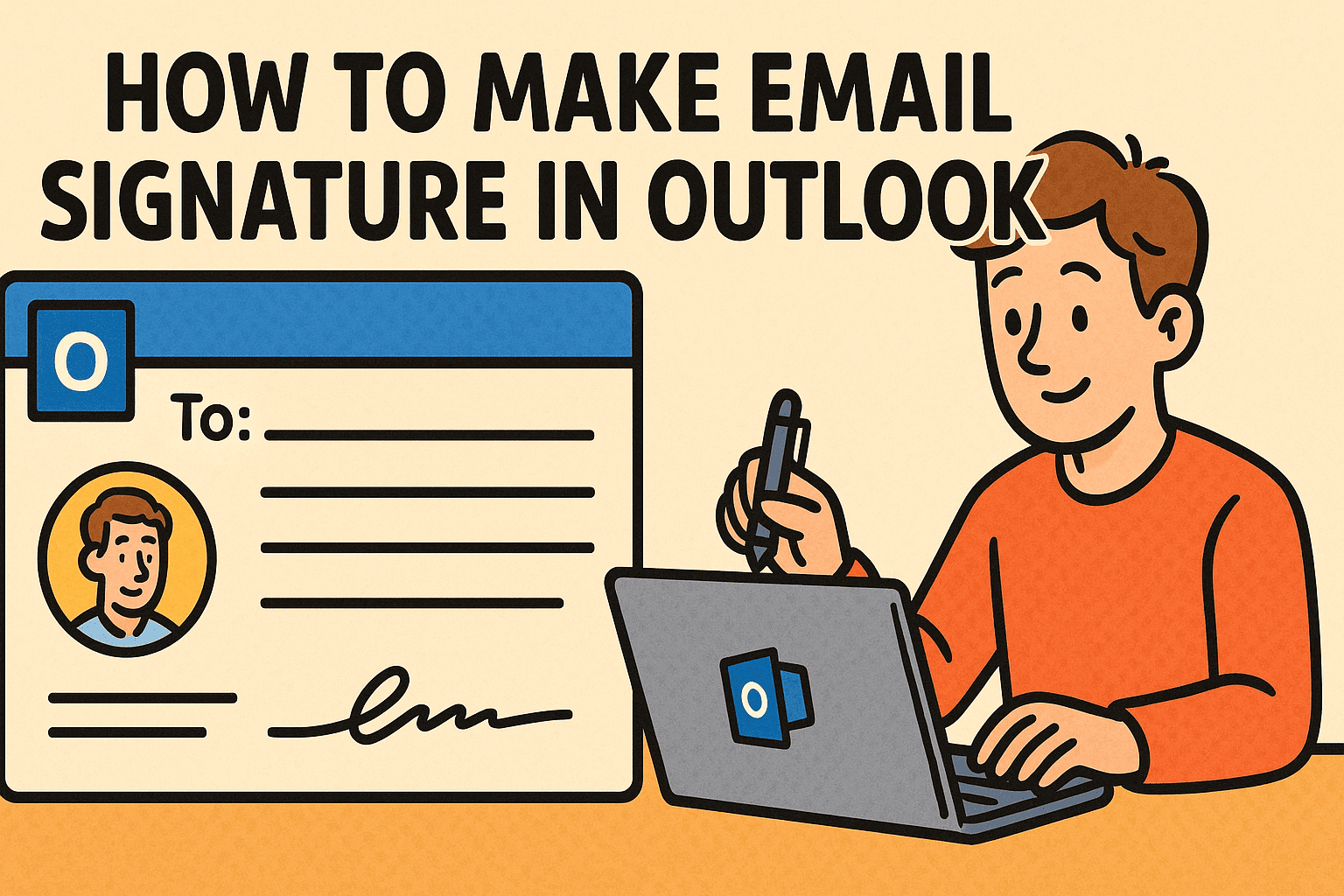What is DHCP Server? A Complete Guide to Automated IP Address Management
Updated on July 1, 2025, by Xcitium

Every time a device connects to your network, it needs an IP address to communicate. Now imagine managing hundreds—or thousands—of these devices manually. It would be a logistical nightmare.
This is where understanding what is DHCP server becomes crucial.
A DHCP (Dynamic Host Configuration Protocol) server automatically assigns IP addresses to devices on a network, reducing errors and saving time for IT teams. It plays a pivotal role in keeping business networks agile, secure, and efficient.
🤖 What is a DHCP Server?
A DHCP server is a network server that automatically assigns IP addresses and other configuration details (like default gateway and DNS servers) to devices—known as clients—on a network.
In simple terms, a DHCP server eliminates the need for a human to manually assign IP settings to each device.
When a device joins a network, it sends a broadcast request for an IP address. The DHCP server responds with an IP from a predefined range (called a scope), along with other essential configurations.
⚙️ How DHCP Works: A Step-by-Step Breakdown
To fully grasp how a DHCP server works, it helps to understand the four-part DORA process:
- Discover: Client sends out a DHCP discover broadcast.
- Offer: DHCP server replies with an IP address offer.
- Request: Client requests the offered IP address.
- Acknowledge: Server acknowledges and assigns the IP address.
Each of these steps helps ensure that IP assignments are dynamic, conflict-free, and fast.
🧠 DHCP Server Used For: Real-World Scenarios
DHCP is used across nearly every digital environment, from homes to massive corporate infrastructures. Here’s what it’s commonly used for:
- Enterprise networks: Manage thousands of IP addresses dynamically.
- Guest Wi-Fi: Quickly onboard transient devices without manual input.
- Cloud networks: Automate network scaling for virtual machines.
- IoT environments: Support rapid provisioning of connected devices.
🆚 DHCP Server vs DNS Server
People often confuse DHCP and DNS servers. Here’s a quick comparison:
| Feature | DHCP Server | DNS Server |
| Purpose | Assign IP addresses | Resolve domain names to IPs |
| Function | Network configuration | Human-readable name translation |
| When Used | Device joins network | When accessing websites/services |
You need both DHCP and DNS working together for a fully functional network.
🧰 DHCP Server Examples
Popular DHCP server software includes:
- Windows Server DHCP Role
- Cisco DHCP servers (for enterprise routers/switches)
- ISC DHCP (open-source Linux/Unix-based DHCP)
- pfSense DHCP server (for network appliances)
Each of these allows administrators to define IP address pools, lease durations, exclusions, and more.
🧩 DHCP Server IP Address Management
A DHCP server IP address refers to the actual IP assigned to the server that distributes dynamic IPs.
Best Practices:
- Static IP for DHCP server: Prevents address conflicts.
- Segmented scopes for VLANs: Helps with large enterprise networks.
- Lease duration tuning: Balance between flexibility and IP conservation.
🔌 Enable DHCP Server: Step-by-Step (Windows Example)
Here’s a simplified guide to enable a DHCP server on a Windows Server:
- Go to Server Manager > Add Roles and Features.
- Select DHCP Server role and install.
- After installation, configure scopes (IP address ranges).
- Authorize the DHCP server in Active Directory.
- Activate the scope.
Once done, all connected devices will automatically receive their IP settings.
🔍 DHCP Server On or Off? When to Disable It
In most setups, DHCP should be on—especially in larger or dynamic networks.
However, consider turning DHCP off if:
- You have a small, static IP environment.
- You’re troubleshooting IP conflicts.
- Another DHCP server exists on the same network (avoid overlap).
⚠️ Tip: Having multiple active DHCP servers in the same scope can cause IP conflicts and connectivity issues.
✅ Advantages of Using DHCP
Using a DHCP server streamlines network management:
- ⏱️ Faster network provisioning
- 🎯 Reduced manual configuration errors
- 🔄 Simplified device onboarding
- 🧱 Scalable IP management for growing businesses
- 🛡️ Improved security via lease tracking and logs
🔐 DHCP & Cybersecurity: What You Should Know
Although DHCP simplifies networking, it also introduces potential vulnerabilities if misconfigured:
Key Risks:
- Unauthorized DHCP servers (Rogue DHCP)
- IP address exhaustion attacks
- DHCP spoofing attacks
Security Tips:
- Use DHCP snooping on switches.
- Monitor DHCP logs and alerts.
- Combine with network access control (NAC) systems.
📣 Boost Your Network with Smart DHCP Configuration
The answer to “what is DHCP server” goes beyond just dynamic IP assignment—it’s about simplifying administration, reducing downtime, and preparing your network for scalability.
➡️ Get a Personalized Demo from Xcitium to see how DHCP, DNS, and security configurations can be streamlined into one resilient platform for your enterprise.
❓ FAQ: What is DHCP Server?
1. What does DHCP stand for?
DHCP stands for Dynamic Host Configuration Protocol, which automates the assignment of IP addresses to devices on a network.
2. What is a DHCP server used for?
A DHCP server is used to automatically assign IP addresses and other network settings to devices as they connect.
3. How does DHCP differ from DNS?
DHCP assigns IP addresses; DNS resolves domain names to IP addresses so users can access websites using URLs instead of numbers.
4. Should I enable DHCP on my router?
Yes, if you want devices to automatically connect to your network without manual IP setup.
5. What happens if there are two DHCP servers on the same network?
It can cause IP conflicts and unstable connectivity. Always use one DHCP server per network segment unless configured redundantly with safeguards.
















